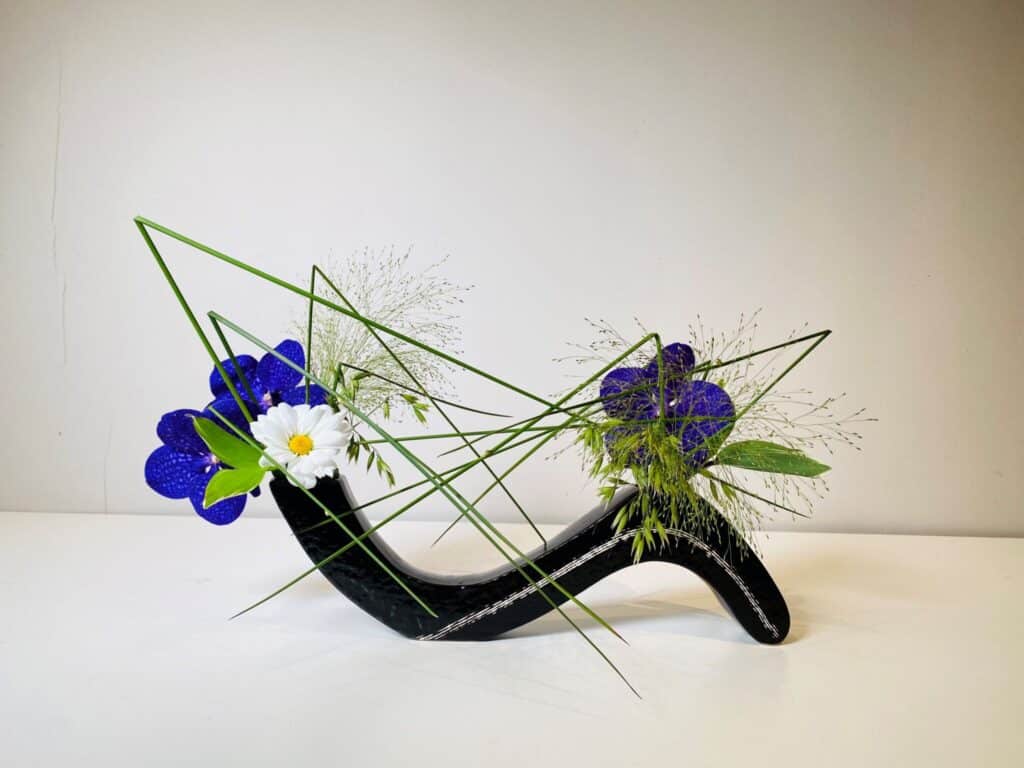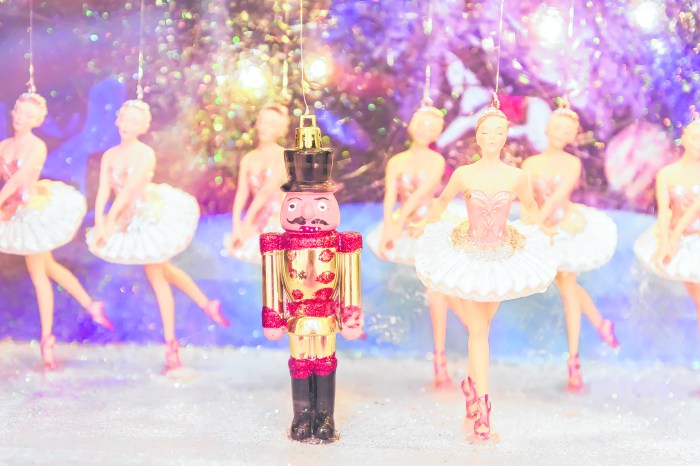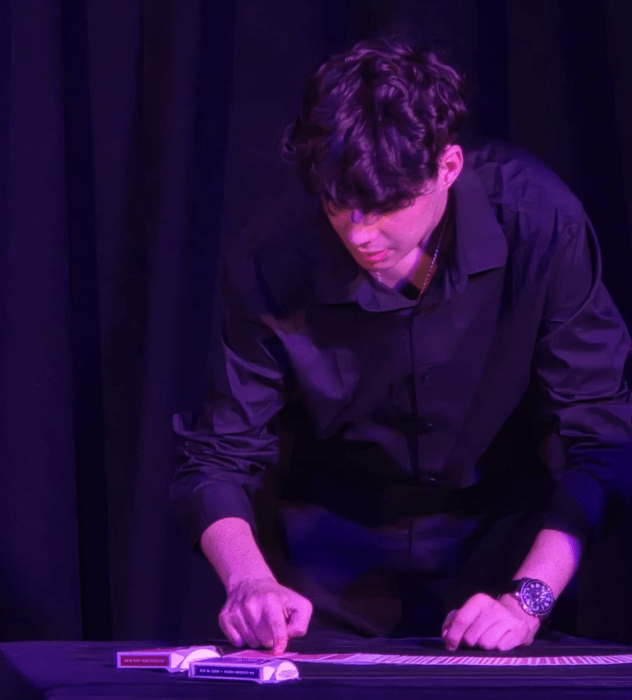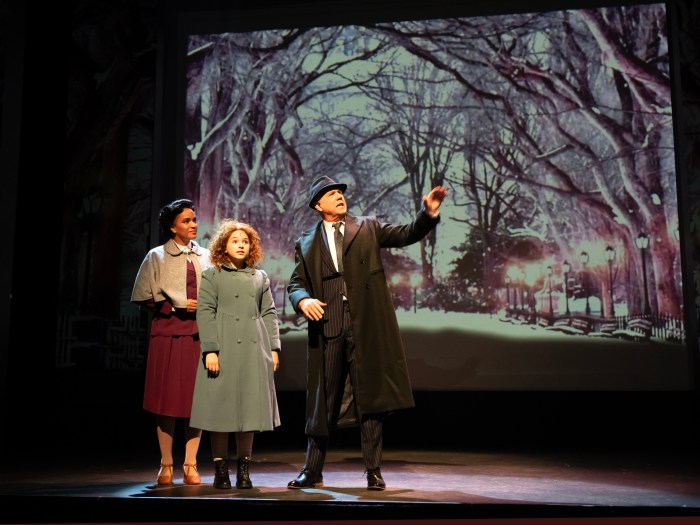Ikebana, the Japanese art of flower arrangement, transcends mere decoration to become a profound form of artistic expression, imbued with symbolism, spirituality, and harmony. Originating in Japan centuries ago, ikebana has evolved into a revered cultural practice that celebrates the beauty of nature and the subtleties of design. With its emphasis on balance, proportion, and minimalism, ikebana offers a window into the Japanese aesthetic sensibility, capturing the ephemeral beauty of flowers and the timeless essence of the natural world.

At the heart of ikebana lies a deep reverence for nature and a profound understanding of the interconnectedness of all living things. Practitioners of ikebana strive to create arrangements that reflect the intrinsic beauty and vitality of the plant material, seeking to evoke a sense of harmony and tranquility in the viewer. Unlike Western flower arranging, which often emphasizes abundance and symmetry, ikebana embraces asymmetry and negative space, allowing for a more contemplative and meditative experience.
Paula Tam has been studying ikenobo ikebana for more than 20 years, starting with her Introductory Ikenobo diploma in 1991, and was awarded the rank of “Sokatoku”, the highest Ikenobo Diploma, in Ikenobo Floral Art. Tam regularly teaches ikebana across the region, including most recently at Planting Fields Arboretum.

We had a chance to speak with her about this ancient art form.
Christy Hinko: What is ikebana?
Paula Tam: Ikebana is the ancient art of Japanese flower arrangement, with nearly 600 years of history. Ikebana is a natural and minimalist way to show off the special characteristics of flowers.
CH: What makes ikebana different from simply arranging flowers like a florist?
PT: Western floral arrangement tends to be decorative, and it fills up a space. Ikebana emphasizes the beauty of line and space.
CH: How did you get involved with learning the art of ikebana?
PT: It was an accident really; when my children were going to Chinese school in Chinatown the mothers waited while the kids were in class. There wasn’t enough time to go all the way home and come back again for many of the people who didn’t live nearby. One of the teachers at the Chinese school studied ikebana and she offered to start teaching those of us who were waiting, so we would have something to do. I fell in love with it and began to learn from other inspiring teachers. After my kids went to college I had even more time for myself and that’s when I really got more involved and started traveling to Kyoto, Japan to study ikebana. I still go several times a year to continue learning; there is no end to learning ikebana; it is a journey.
CH: Is ikebana easy to learn? Can anyone learn the art?
PT: Oh, yes. Ikebana is for everyone, for all ages, everyone from every culture, at every level of interest. Flowers are a universal language and Ikebana International has chapters all over the world.
CH: Can you buy an ikebana arrangement at a regular florist?
PT: No. We typically do not sell ikebana. It is primarily created for exhibition, for our home; ikebana is more for use as art and not as much for commercial purposes. There are florists who will create ikebana-style arrangements though. I have seen floral arrangements with ikebana incorporated into the design. We do sometimes use artificial materials and all parts of the plants like branches, leaves, and unopened flowers, but never artificial flowers, those must be fresh.

Tam’s arrangements have been exhibited in New York, Shanghai, and Malaysia, including the Metropolitan Museum of Art, New Museum, Tenri Gallery, Japanese Stroll Garden, Japanese Ambassadors’ residences, among others. In addition to teaching at Planting Fields Arboretum in Oyster Bay, Tam has given demonstrations at Metropolitan Museum of Art and for the New York chapter of Ikebana International.
She graduated from the Ikenobo Central Training Institute, is a Professor of Ikebana, the Vice President of Ikenobo California Pacific Coast Chapter, was the former President of Ikebana International New York Chapter (2013-2015), Former Treasurer of Ikebana International New York Chapter (2009-2013), and a former Board Member of Ikenobo Ikebana Society New York City Chapter (2006-2013). She specializes in Koten-Rikka (classical Meiji Rikka). In her ikebana she likes to explore how life, nature, and ikebana interact.

Central to the philosophy of ikebana is the concept of ma, or negative space, which plays a crucial role in defining the arrangement’s overall composition. By carefully considering the relationship between the flowers, stems, and empty spaces within the vessel, the ikebana artist creates a dynamic interplay of form and void, inviting the viewer to pause and reflect on the beauty of impermanence. This emphasis on emptiness and transience reflects the Buddhist principle of mujo, or the impermanence of all things, reminding us to cherish each moment and appreciate the fleeting beauty of the natural world.
Ikebana is deeply rooted in Japanese cultural traditions and religious practices. Many of the techniques and principles of ikebana can be traced back to ancient rituals and ceremonies, where flowers were used as offerings to the gods and ancestors.

Today, ikebana continues to be associated with various seasonal celebrations and observances, such as New Year’s Day, Cherry Blossom Festival, and Obon, the festival honoring the spirits of the dead.
There are several schools or styles of ikebana, each with its own distinctive techniques and aesthetics. The most well-known of these is the Ikenobo school, which traces its origins back to the 15th century and emphasizes simplicity, elegance, and naturalism.
Other prominent schools include the Sogetsu school, founded in the early 20th century and known for its avant-garde approach and innovative use of materials, and the Ohara school, which specializes in naturalistic landscapes and seasonal themes.

Regardless of the school or style, the practice of ikebana is characterized by a deep sense of mindfulness and intentionality. Each arrangement is thoughtfully crafted to evoke a specific mood or emotion, whether it be serenity, joy, or contemplation. Through the act of arranging flowers, practitioners of ikebana seek to cultivate a deeper connection to the natural world and a greater appreciation for the beauty that surrounds us.
Visit www.ikebanany.org to contact the New York chapter of Ikebana International, find an instructor or learn more about the ancient art form.
You can reach Tam through her Instagram page @ikebana.nyc.



































